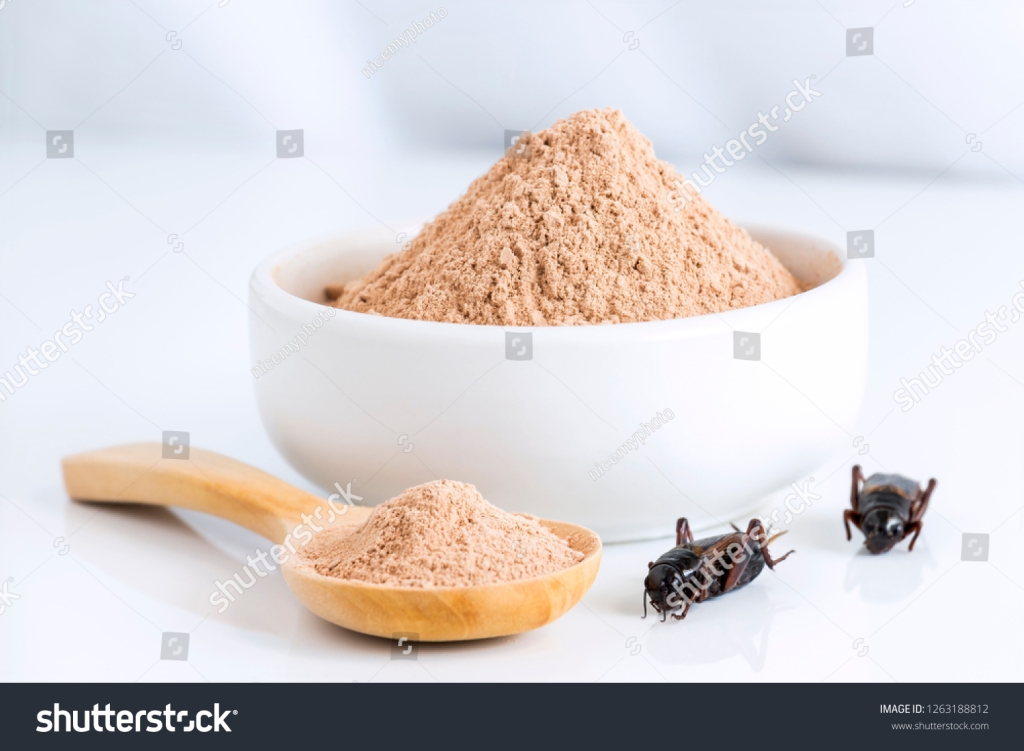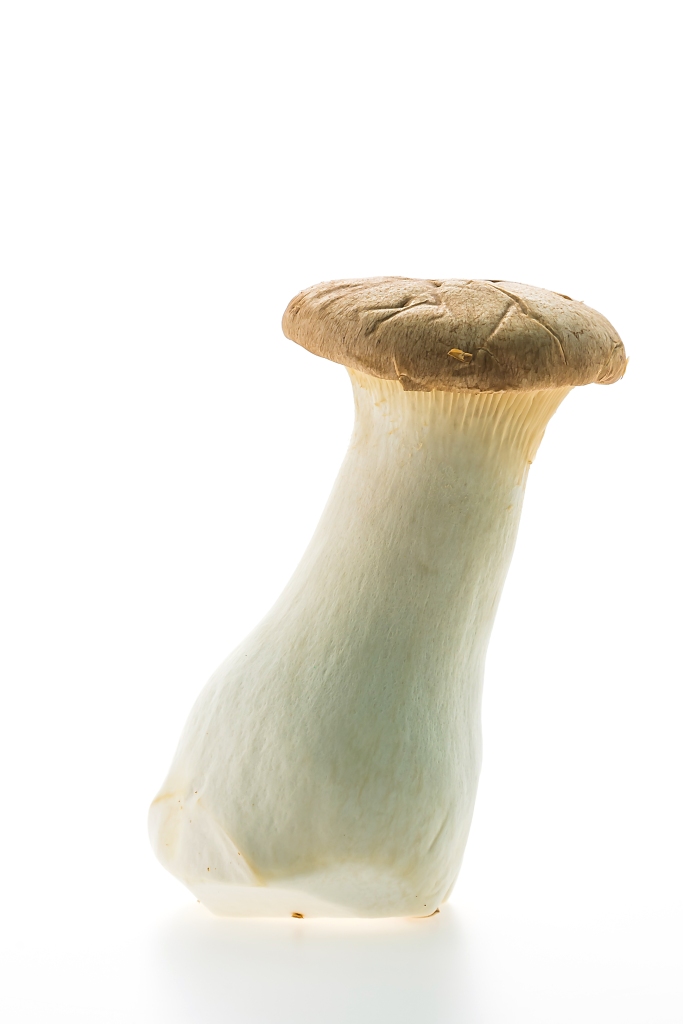The new alternative protein

Image credit: Shutterstock by nicemyphoto
Most people get squeamish when they hear about insect protein, but for centuries, many countries have used it as part of their diet. In the past few years, innovations in this area have skyrocketed due to a growing global population, which will increase by 2050. Not only this, but the use of this source of nutrition will provide a sustainable food supply, with an improvement in resource applications, and reduce food insecurities. Insect protein is a new type of alternative food, and only a few are authorized for human consumption by EU regulations—mealworms, grasshoppers, beetles, and crickets.
Insect protein nutrition is the first topic I will talk about in this article, as most people are looking at different sources of protein, and nourishment for their bodies. There is new research coming out that insect protein has similar benefits, to say, meat, and plant-based protein. There is more nutrient availability in this new source. For example, FAO requires a minimum of 15 grams, and as it shows in the table, the essential amino acid in insects is higher than the minimum requirement. It looks like the amount of amino acid level is the same, higher, or lower compared to egg whites and soybean. Therefore, insect protein would be a great addition to provide the nutritional benefits in our diet. Other vitamins and minerals are also found, Such as, high level of iron. Overall, this source of alternative food has everything from carbohydrates, protein, vitamins, minerals that would provide maintenance for our body. Another interesting fact is the consumption of silkworms—there are hydrolysates—which are produced during the breakdown of large protein structure into smaller units for the body to easily absorb. These provide health benefits, including antihypertension, antioxidant, antidiabetic, and antimicrobial.
Continue reading

